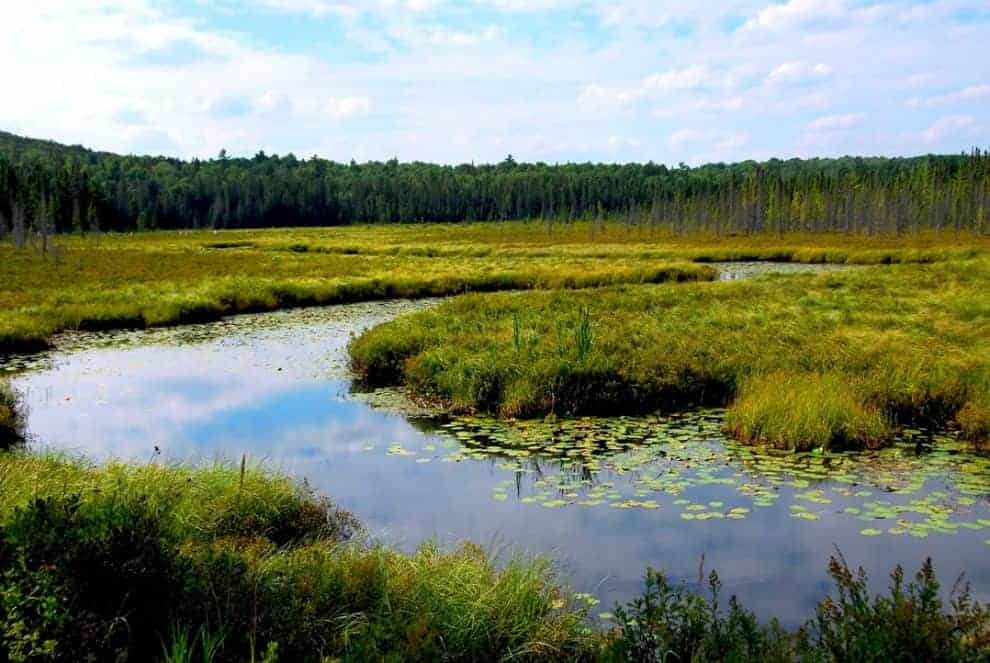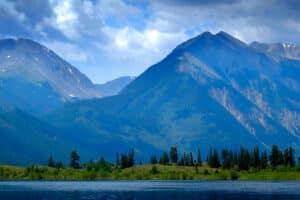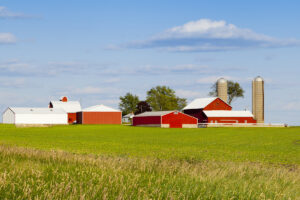Following the Thanksgiving holiday, congressional leaders remained unwilling to reach an agreement on the Supplemental Nutrition Assistance Program (SNAP) and crop insurance provisions for a 2013 Farm Bill. For months now members of the House and Senate have negotiated back and forth on policies that will shape these components of the bill – meanwhile the clock has been ticking on another vital aspect of this piece of legislation: wetlands conservation & restoration initiatives. In the wake of the recent stalemate over proposed cuts to SNAP and crop insurance subsidies, the U.S. Fish & Wildlife Service released a report to Congress covering a five year study on U.S. wetlands (2004-2009). The statistics in this report have reconfirmed the need for urgency regarding the passage of the 2013 Farm Bill.
According to the USFWS report, wetland loss rates in the United States have seen a steady rate of reduction since the early 1970’s until the release of their most recent report (page 45):
[a]t the time the study was originated (1970s), the average annual wetland loss rate was 458,000 acres (185,400 ha). During the period between the mid-1970s to mid-1980s, the loss rate had declined to 290,000 acres (117,400 ha) annually. In 1998, the wetland loss rate was about 59,000 acres (23,900 ha) annually and in 2005 wetland area gains had exceeded losses by an estimated 32,000 acres (13,000 ha) per year. Wetland losses increased between 2004 and 2009 reversing this long-standing trend in wetland loss reduction.
A closer at this data (page 16) reveals that wetland conservation & restoration play a major role in offsetting overall wetland loss rates … “[b]etween 2004 and 2009, 489,600 acres (198,230ha) of former upland were re-classified as wetland. These increases were attributed to wetland reestablishment and creation on agricultural lands and other uplands with undetermined land use including undeveloped land, lands in conservation programs, or idle lands.” Proponents of such efforts to enhance wetlands throughout the U.S. are quick to reveal that these endeavors have substantial social and economic impacts with tremendous upsides in addition to providing habitat for fish & wildlife:
- Financial benefits for landowners;
- Less land eligible for subsidized crop insurance and disaster payments;
- Less soil erosion & flooding;
- Higher water quality.
Today, these same proponents of wetland conservation & restoration are voicing concerns over the current trend of escalating commodity prices pressuring farmers into converting wetlands into agricultural production. Members of the Senate are working to address this concern by including a provision that would allow farmers to avoid a federally imposed penalty by refraining from this practice.
Wetland & conservation initiatives made possible by the U.S. Farm Bill are arguably the number one defense against the nation’s continual loss of wetlands. Over the last few decades landowners, farmers, and conservationists have come together to use the resources available through this bill to protect and enhance wetland habitat all over the country. Today, as natural wetlands continue to diminish, continuing to implement these measures is crucial to sustaining these habitats. According to the USFWS, 80,000 acres of coastal wetlands are lost every year. During 2004-2009, natural salt marshes alone declined by 84,100 acres representing a 1.4% total loss of this precious wetland category. Rising ocean levels and inland development are encroaching on these diverse ecological habitats and costly restoration projects will be necessary to offset future losses. The loss of salt marshes is just one example of the decimation of a natural wetland resource that plays a major role in the social and economic well-being of U.S. citizens on both small and large scales.
The need to continue wetland preservation cannot be overlooked as the deadline for the Farm Bill nears. It is imperative that elected officials in Congress recognize the importance of the task at hand to ensure federal funds are available for the Farm Bill wetland conservation programs. In fact, the current status of wetlands in the U.S. should be the catalyst that facilitates the passing of this legislation.
This content may not be used or reproduced in any manner whatsoever, in part or in whole, without written permission of LANDTHINK. Use of this content without permission is a violation of federal copyright law. The articles, posts, comments, opinions and information provided by LANDTHINK are for informational and research purposes only and DOES NOT substitute or coincide with the advice of an attorney, accountant, real estate broker or any other licensed real estate professional. LANDTHINK strongly advises visitors and readers to seek their own professional guidance and advice related to buying, investing in or selling real estate.










Add Comment